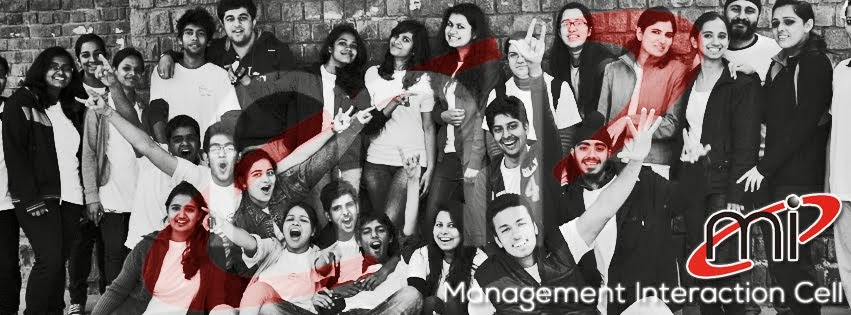An Industrial Visit to Coca-Cola Bottling Plant - Moon Beverages, Sahibabad, was organized by MIC on 22 September, 2012
Here's what Apoorv Sharma, (member, Team MIC) has to say about the same...
 On the sleepy Saturday morning, 40 students of our prestigious Shaheed Sukhdev College of Business Studies gathered in the college premises to take part in an amazing industrial visit to the bottling plant of Coca-Cola Moon Bevarages in Sahibabad. The visit had been arranged by the Management Interaction Cell of the college. The journey began with a short and crisp ride to the venue in our own humble college bus. The atmosphere resonated with fun and frolic throughout the journey.
On the sleepy Saturday morning, 40 students of our prestigious Shaheed Sukhdev College of Business Studies gathered in the college premises to take part in an amazing industrial visit to the bottling plant of Coca-Cola Moon Bevarages in Sahibabad. The visit had been arranged by the Management Interaction Cell of the college. The journey began with a short and crisp ride to the venue in our own humble college bus. The atmosphere resonated with fun and frolic throughout the journey.
On reaching our destination, we were all made aware ofthe security and other rules we were to follow throughout the visit. Then we were led to a hall where we were made to sit and offered complimentary coke bottles. For the actual plant visit we were divided into small groups of 7-8 people, each group assisted by a guide who led us through the plant.
First of all we visited the water treatment plant where we were told about the complete purification process and how the groundwater was treated to levels that were made suitable for human consumption (even the water that is used for purposes other than manufacture the drinks is well enough to drink by the global standards).
Then we were led to the units that bottle Mazaa, the famous mango drink by Coca-Cola. There we were shown how the glass bottles were washed and sterilised in order to make them usable again. The bottles were turned upside down and then cleaned with pressurised water and then caustic soda and again with water so that nothing remained of the previous usage (not even the microbes). Then we were shown the bags of mango pulp and the way they were handled by tools so that none of the contents get contaminated through human touch.
Further, we were led to the unit that bottles ThumsUp. The plastic bottles that we use are in the form of pre-forms that are fed into the machinery and then are blown into the requisite shape. The way the conveyor belts tossed up the finished bottles around at lightening speeds definitely reminded everyone of the ThumsUp tagline “Aaj Kuchch Toofani Karte Hain”!! We were also made to see gigantic tanks filled with the concentrate syrups (we even got to taste the concentrate of Limca), the cold storage, the lab that continually keeps testing the products to monitor discrepancies and what not !!
In the end we were led back to the same hall from where we had started and made to fill feedback forms. Moreover we had a surprise waiting for us in the form of Rimzim - the iconic masala soda drink that is to be relaunched by Coca-Cola and we were among the first to have a sip of it before it officially returns to rock the Indian markets.
In short the journey culminated in the same tempo and mood in which it had started - one of fun and frolic.
In short the journey culminated in the same tempo and mood in which it had started - one of fun and frolic.



